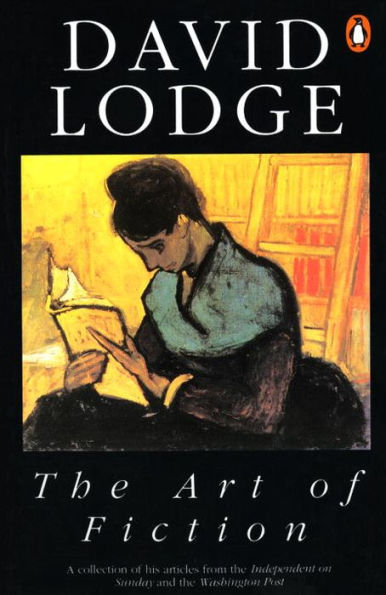So now that the whole “New Year, New You” thing has worn off, you’re second guessing your resolution to go back to school for your MFA, aren’t you? You started crunching the numbers. Your mom asked if you were bored. Your dad asked if you were delusional. You opened the FAFSA form, squeaked a tiny […]
5
1

The Art of Fiction: Illustrated from Classic and Modern Texts
256
The Art of Fiction: Illustrated from Classic and Modern Texts
256Paperback(REPRINT)
$16.00
16.0
In Stock

Product Details
| ISBN-13: | 9780140174922 |
|---|---|
| Publisher: | Penguin Publishing Group |
| Publication date: | 07/01/1994 |
| Edition description: | REPRINT |
| Pages: | 256 |
| Sales rank: | 223,706 |
| Product dimensions: | 5.01(w) x 7.70(h) x 0.69(d) |
| Age Range: | 18 Years |
About the Author
From the B&N Reads Blog
